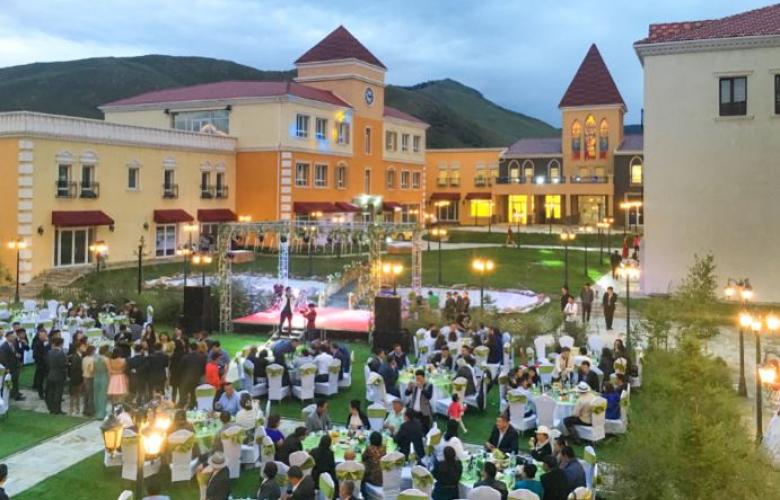Mongolia’s retail sector is a gateway into one of Asia’s most exciting frontier markets. The country has enjoyed rapid economic growth off the back of its mineral wealth, spawning a wealthy and westernised middle class. High-end brands are a status symbol for the Mongolian
nouveau-riche and retail property offers both a high rental yield and strong capital appreciation.
Several factors make Ulaanbaatar’s retail sector particularly interesting to real estate investors. First, Mongolia’s macroeconomic outlook is strong and anticipates powerful disposable income growth. The country struggled in the mid-2010s as weak commodity prices and economic mismanagement choked FDI inflows and stalled the development of the mining sector. Since then, rebounding prices and prudent policymaking have jump-started the economy. The current administration is pragmatic and is implementing an ambitious reform program for fiscal consolidation and economic diversification. Mongolia’s extractive industry continues to develop apace, with the Oyu Tolgoi mega-project scheduled to reach full capacity by 2025. The World Bank predicts 6.1% growth this year - a trajectory which observers expect to be maintained.
"Ulaanbaatar's retail market is potentially the city's most attractive property market," says APIP's Andrew Hayley. "Rising disposable incomes and limited existing development make it ripe for substantial appreciation."
This has a clear effect on disposable income and the retail industry. Household income grew by 10.4% in 2017 and has increased sixfold over the last decade. The expansion of access to credit and mortgage facilities in coming years will further catalyse this.
Retail has grown in turn. Sales expanded by 15.5% between March 2017 and 2018. Mongolia has already developed a taste for luxury - the past few years have seen the arrival of top-end brands like Rolex, Gucci and a Shangri-La Mall. This momentum has put retailers in a strong financial position. According to Mongolian Properties research, 79% of managers were considering increasing their number of sales outlets in 2018. In a fast-growing and increasingly consumption-driven economy, suitable retail space is in high demand.
Specific conditions within Ulaanbaatar’s retail property market make it a particularly opportune time to invest. Despite a surge in demand, the supply of retail space has grown only modestly, with developers focusing more on office and residential projects. As a result occupancy rates are high, and the market will easily absorb future supply. The highly favourable combination of market conditions will exert strong upward pressure on the city’s retail space.
These constraints have also shaped the distribution of retail space supply. Sukhbaatar, the undisputed centre of the city, is already heavily built up. Only 10,000 sqm of retail space will come onto the market in the next few years. Limited land in the CBD has meant that the
southern Khan-Uul district is now the primary site for new projects. These prime locations can offer yields in excess of 16% and are on course for strong price appreciation.
Recognising the potential of this sector, APIP invested early in two important retail projects, both of which are soon to be completed. The first is the Olympic Residence mall. Comprising 5,000 sqm of retail space, it enjoys a prime location in the CBD and will have access to the top end of the Mongolian market.
The second is the Village @ Nukht, an 8,000 sqm development in Khan-Uul district. Many of Ulaanbaatar’s wealthiest have flocked to this area to escape the winter smog, and the project is set to capture a lot of their high-end retail demand. The mixed outdoor-indoor space will include 18 retail units, five restaurants, a pub, a supermarket, a gym, ten office units, and a wedding and banquet hall.
For more information about Mongolia's retail market potential, email Andrew Hayley of APIP via the contact details listed below.
Similar to this:
Unpicking the Sino-Mongolian relationship
Why is mining giant, Rio Tinto, ramping up operations in Mongolia?
Honoring the natural landscape, traditional Mongolian architecture and using local materials HDD's yurt-like visitor center is a must see!












